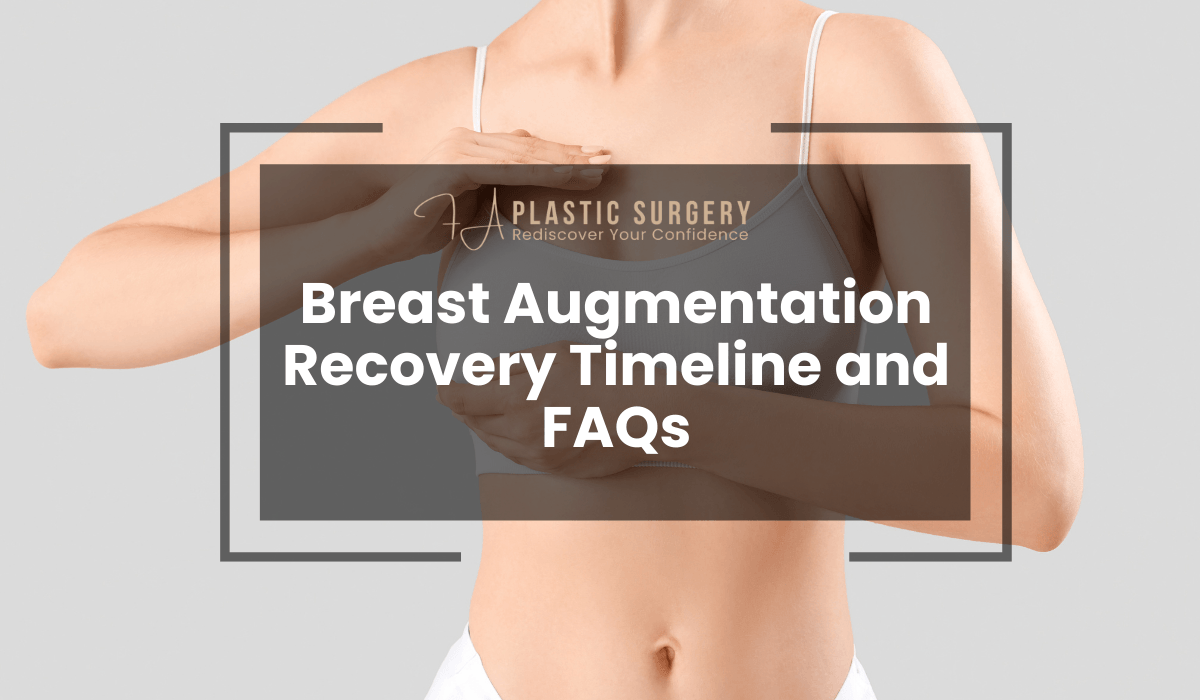Table of Contents
Overview of the Breast Augmentation Recovery Process: What to Expect
Breast augmentation is a popular procedure that can enhance your appearance and boost self-confidence. However, recovery plays a significant role in achieving optimal results. Understanding what to expect during the recovery process can help you prepare both physically and mentally.
Immediately after surgery, patients are typically monitored for a few hours before being discharged home. During this time, you’ll likely experience some discomfort, swelling, and bruising around the chest area. These symptoms are normal and should gradually subside over the coming weeks.
The first week post-surgery is usually the most challenging as your body adjusts to the implants. You’ll be advised to wear a compression garment or surgical bra to support healing. Additionally, you’ll need plenty of rest while avoiding strenuous activities.
It’s essential to follow your surgeon’s advice closely regarding medications, wound care, and follow-up appointments. Doing so will ensure that your recovery proceeds smoothly without complications.
Swelling Day by Day: Detailed Breast Augmentation Recovery Timeline
Swelling is one of the most common side effects following breast augmentation surgery. It’s important to understand how it progresses throughout recovery:
- Day 1-3: Swelling peaks during these initial days as your body reacts to surgery. Expect tightness and discomfort in the chest area.
- Day 4-7: Swelling may begin to decrease slightly but remains noticeable. This period is crucial for resting and allowing your body time to heal.
- Week 2-3: By this point, much of the initial swelling subsides, but residual puffiness may still be present.
- Week 4-6: Significant improvements in swelling are usually seen around this time. Your breasts will start taking on a more natural shape as healing continues.
- Months 3-6: Any remaining minor swelling should completely resolve by this stage, revealing final results.
If at any point you notice excessive or prolonged swelling beyond what’s expected, it’s essential to contact your surgeon for advice.
What Day is the Hardest After Breast Augmentation? Managing Discomfort
The hardest day after breast augmentation surgery varies from patient to patient; however, many report that days two and three post-op tend to be the most uncomfortable due to peak swelling and soreness. This period often coincides with when anesthesia fully wears off and your body begins its inflammatory response to trauma caused by surgery.
Pain Management Tips:
– Take prescribed pain medications as directed by your surgeon.
– Use cold compresses intermittently (if approved) to reduce swelling.
– Rest in an elevated position (propping up pillows) can help alleviate discomfort.
The good news is that discomfort generally starts improving significantly after day three or four as healing progresses. Staying hydrated and following post-op instructions will contribute positively toward managing pain effectively during this challenging phase.
When Do Breast Implants Start to Feel Normal? Adjusting to Your New Look
Your new implants won’t feel “normal” immediately after surgery—it takes time for both physical healing and psychological adjustment. Initially, you might experience tightness or firmness due partly due partly due partly due partlydue partlto postoperative swellingand muscle adjustments required bythe implant placement (whether aboveor belowthe pectoral muscles).</P
Frequently Asked Questions About Breast Augmentation Recovery
1. How long does it take to fully recover from breast augmentation surgery?
Full recovery from breast augmentation surgery typically takes around six weeks. However, most patients can return to light activities within one to two weeks, while strenuous exercises and heavy lifting should be avoided for at least four to six weeks. Your surgeon will provide specific guidance based on your healing progress.
2. Is swelling normal after breast augmentation, and how long does it last?
Yes, swelling is a common side effect after breast augmentation surgery. It usually peaks in the first three days post-op and begins to subside gradually over the next few weeks. Most of the swelling resolves by week six, but minor residual puffiness may persist for up to three months.
3. What should I avoid during the recovery period?
Avoid strenuous activities such as heavy lifting, high-impact exercise, and any movements that strain your chest muscles for at least four to six weeks post-surgery. Additionally, refrain from sleeping on your stomach or sides until cleared by your surgeon. Follow all post-op care instructions carefully to promote proper healing.
4. When can I return to work after breast augmentation surgery?
The time you can return to work depends on the nature of your job. For desk-based jobs with minimal physical activity, most patients can return within one week. However, if your job involves physical exertion or heavy lifting, you may need more time off—typically two to four weeks.
5. When will my implants feel natural?
Your implants may feel firm or tight initially due to swelling and muscle adjustments following surgery. By around three months post-op, most patients report that their breasts start feeling more natural as the tissues heal and adjust around the implants.

